Past WWCF
2019
Past WWCF 2019
Overview
- Date
- 5 September 2019
- Venue
- Room 325, 323A and 323B, EXCO, Daegu, Republic of Korea
- Theme
- Water Cities Cooperation and lnnovation
- Host
- Daegu Metropolitan City
- Participants
- Government officials, Water Specialists and Academics from 12 Cities in 10 Countries and 5 Organizations
- Program
-
- Keynote Speech Protection of Water Quality And Human Health
- Presentation Session 1 Water SeCurity
- Presentation Session 2 Water Welfare
- Action Plan Discussion & Declaration
- Outcomes
- As a gathering of city/province leaders and water professionals, the WWCF 2019 served as a platform for networking and sharing solutions as participants lively shared their own city/province's innovative water technologles and skllls to manage water in a sustainable manner. Representatives of cities and provlnces have shared their own experiences and solutions to each clty/province's water challenges. By sharing information, cities and provinces could develop preemptive policies/plans for better urban water solution. Furthermore, Daegu, Montpellier Metropole, DYETEC and Aqua-Valley signed MOU for better water industry cooperation and networking. All representatives agree to work together to develop a stronger connection to UN Sustainable Development Goals (SDGS), continue Collaboration and communication throughout the year after each WWCF, promote exchange of ideas through technical, political, and business development pathways, and create a platform for exchanging ideas, information, and resources digitally.
- Action Plan
- The representatives from each city or organization discussed about developing action plan for World Water Cities Partnership.
They agree to work together in achieving the following:
* Develop a stronger connection to UN Sustainable Development Goals. (SDGs)
* Continue collaboration and communication throughout the year after each WWCF.
* Promote exchange of ideas through cultural, technical, political, and business development pathways.
* Creat a platform for exchanging ideas, information, and resources digitally.
Introduction of participants in WWCF 2019
AWWA (American Water Works Association) - USA
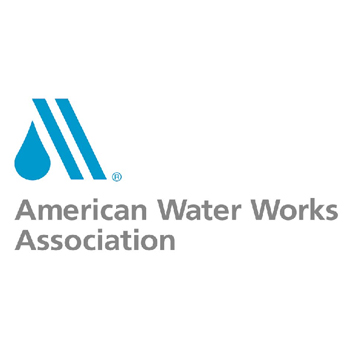
About the Organization
| Name | American Water Works Association |
|---|---|
| Established | 1881 |
| Type | Scientific and Non-profit Association |
| Headquarters | Denver, Colorado, USA |
| Membership | 51,000 members devoted to safe and sufficient water |
Introduction of the City/Organization (focusing on water-related issues)
The American Water Works Association is an international, non-profit, scientific and educational society dedicated to providing total water solutions assuring the effective management of water. Founded in 1881, the Association is the largest organization of water supply professionals in the world.
Our membership includes over 4,300 utilities that supply roughly 80 percent of the USA’s drinking water and treat almost half of the nation’s wastewater. Our 51,000 total members represent the full spectrum of the water community: public water and wastewater systems, environmental advocates, scientists, academicians, and others who hold a genuine interest in water, our most important resource.
AWWA also takes great pride in helping establish two preeminent organizations dedicated to safe water, the Water Research Foundation in 1966 and Water for People in 1991. AWWA unites the diverse water community to advance public health, safety, the economy, and the environment.
Bogotá - Colombia
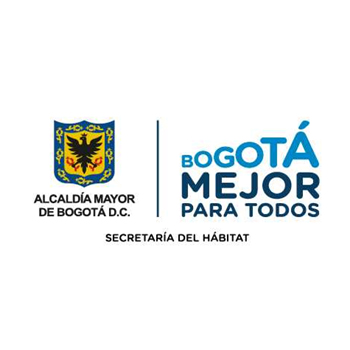
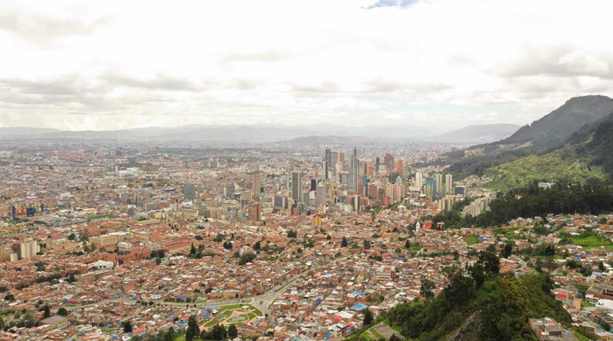
About the City/Organization
| Name | Bogota D.C. – Colombia |
|---|---|
| Population | 7,181 millions (2018) |
| Main industry/ economic sectors |
1.) Industry, commerce and financial and business services. 2.) manufacturing industries. It highlights the production of metal products, machinery, equipment, printing, chemicals, food, beverages, tobacco, textiles and wood |
| Source of water supply | Bogota mainly has the following three sources of water supply: San Rafael Reservoir, Chisaca Reservoir and Neusa Reservoir |
| Website |
About the Organization
| Name | Secretary of Habitat |
|---|---|
| Established | 2007 |
| Type | District organization |
| Headquarters | Bogotá |
| Membership | Public |
Introduction of the City/Organization (focusing on water-related issues)
In Bogotá, the drink water and sewerage service are provided in the urban perimeter, by the Company of Bogotá - EAAB and in the rural area by 82 water supply systems, distributed in 41 community organizations and 33 systems of self-supply. In terms of coverage, quality and continuity indicators, in the urban area, the service is provided in optimal conditions. However, in the rural area, the results are not the same, which translates into one of the main objectives: to improve the provision of services in the areas of the aqueduct and sewerage in said area. In this regard, the Secretariat of Habitat is focusing all efforts to improve the provision of aqueduct and sewerage services in the rural area, through ongoing support for the strengthening and improvement of aqueducts and investments in improving infrastructure, the need for drinking water and basic sanitation.
Chengdu - China
Daegu Metropolitan City - Republic of Korea


About the City/Organization
| Population | 2.5 million |
|---|---|
| Main industry/ economic sectors |
Water, futuristic vehicle, medical, IoT, robot, auto, machinery, metal industries |
| Source of water supply | Nakdong river, Unmun dam, Gachang dam, Gongsan dam |
| Website | www.daegu.go.kr/english/ |
Introduction of the City/Organization (focusing on water-related issues)
As Korea’s water hub, Daegu Metropolitan City fosters water industry through Korea Water Cluster, core infrastructure for innovative water technology development and commercialization. The city forges global water partnership to address global water issues by annually hosting the World Water Cities forum.
As a sustainable and ecological city, Daegu Metropolitan City has implemented the Nakdong River and urban stream restoration project and upgraded water treatment infrastructure from 1983 to 2018 with investment of USD 3.6 billion.
Since the city successfully hosted the World Water forum in 2015, the first national water industry cluster “Korea Water Cluster (KWC)” has been established on 650,000㎡ site in Daegu National Industrial Park with investment of USD 300 million. KWC is equipped with water industry promotion facilities, demonstration facilities and industrial complex. Daegu provides water companies in the KWC with one-stop support ranging from water technology R&D, verification/certification to global market expansion. In order to address global water issues, Daegu has implemented Water Treatment Facility Donation programs for the developing countries in collaboration with 16 KWC’s water companies. In 2017, those companies voluntarily donated water treatment facility to Vinh Long province, Vietnam. The water treatment system enabled 500 households to have access to clean and safe water.
Daegu City has also participated in the government's ODA project to create a Water Treatment Techno Park in Colombia with a total budget of USD 9.3 million, and is seeking to build water-related facilities, nurture manpower, transfer technology and enhance cooperation between Korea and Columbia from 2019 to 2022. In an effort to enhance the global partnership, Daegu is annually hosting the Korea International Water Week (KIWW) and World Water Cities forum (WWCF). In addition, IWRA’s ⅩVII World Water Congress, the largest water resources event, will be held in Daegu, Republic of Korea from May 11 to 15, 2020.
Genesee County - USA
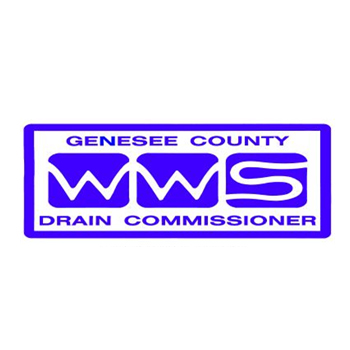
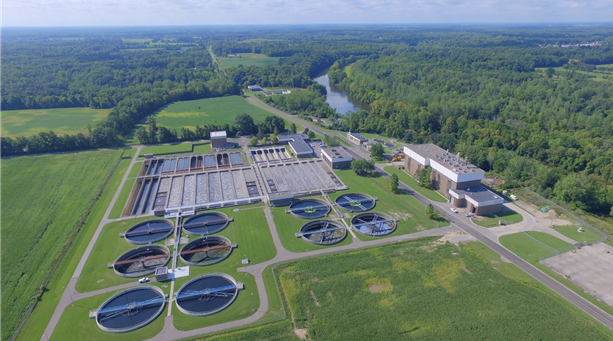
About the City/Organization
| Name | Genesee County Michigan |
|---|---|
| Population | 423,000 - 218,000 |
| Main industry/ economic sectors |
Automotive, Healthcare, and Education |
| Source of water supply | Lake Huron |
| Website | gcdcwws.com |
About the Organization
| Name | Genesee County Drain Commissioner - Division of Water & Waste Services - ARTP |
|---|---|
| Established | 1960 |
| Type | Activated Sludge BNR Treatment Plant |
| Headquarters | 4610 Beecher Road, Flint, Michigan 48532 |
| Membership | WEF, MWEA, AWWA, WERF, and |
Introduction of the City/Organization (focusing on water-related issues)
Genesee County Drain Commissioner - Division of Water & Waste Services - AR Treatment Plant serves 30 communities in and around Genesee County. Population served is 218,000.
Water treatment from Lake Huron is distributed throughout the County to the local communities. Three Wastewater treatment plants serve the county with the AR Treatment Plant (ARTP) being the largest with a design capacity of 49.5 MGD. ARTP has more than 1200 miles of collector sewers transporting the flow and is subject to substantial rain induces inflow causing wide variations of incoming flow. During wet weather ARTP captures the collection system scour, and the excess flow goes through wet weather treatment including chlorination and dechlorination and is blended with the effluent prior to discharge to the Flint River.
Kaohsiung - Taiwan

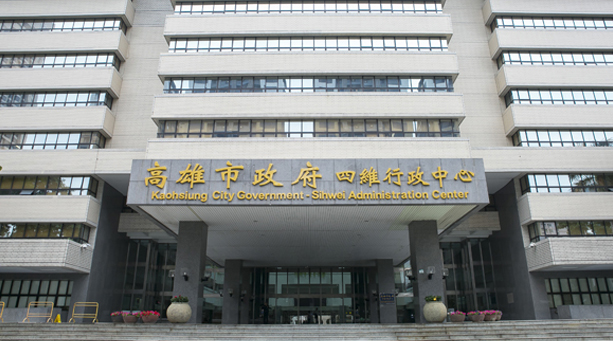
About the City/Organization
| Total Land Area (km2) | 2947.6159 |
|---|---|
| Population | Approx. 2,770,000 |
Introduction of the City/Province/Organization
Facing Taiwan Strait on the west and Bashi Channel on the south, Kaohsiung is a beautiful and modern metropolis located in southern Taiwan as well as the second largest city of this island.
Looking down from an airplane, one will see the abundant landscapes of Kaohsiung: the lush Chai Mountain and Banping Mountain, the clear and serene Lotus Pond, and Love River flowing across the city. This subtropical city boasts its brilliant sunshine and gentle breeze from the passionate sea. Sitting between Cijin Island and downtown, Port of Kaohsiung is theworld-class port in Taiwan as well as a hub for international trade. The ceaseless ships and containers from around the world represent the energy and vitality of the business in Kaohsiung. Kaohsiung, a city of glamour, not only has unique features of mountain, sea, river, and port, but also possesses a rich culture and beautiful cityscape. The city sincerely welcomes your visit.
Kumamoto - Japan
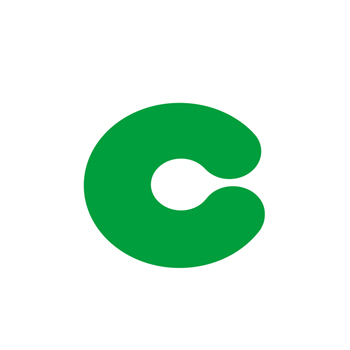
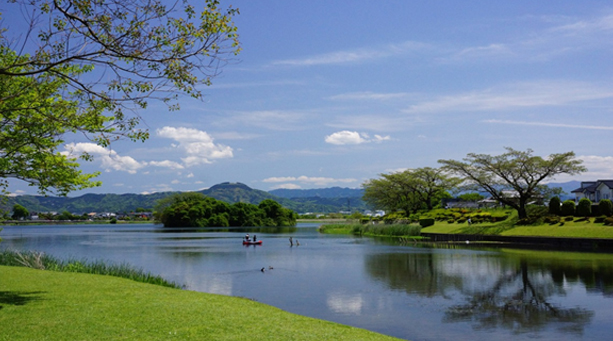
About the City/Organization
| Name | Kumamoto City |
|---|---|
| Population | 740,000 |
| Main industry/ economic sectors |
Service Industry, Agricultural Industry |
| Source of water supply | Ground water |
| Website | http://www.city.kumamoto.jp/ |
Introduction of the City/Organization (focusing on water-related issues)
Kumamoto City is located in the centre of the island in the southwestern part of the Japanese archipelago called, "Kyushu." We have a glorious view of Mt Aso to the east of the city, and to the west, the city faces the Ariake sea.
Kumamoto City is blessed with rich groundwater, and all the drinking water for our population of 740,000 is supplied with this natural spring water. It is a rare and unique case among Japanese cities with more than 500,000 residents that we are able to cover all of our water supply needs with groundwater. As such, Kumamoto City has been named ‘the Number One Groundwater City’ in Japan.Kumamoto is also a gourmet city with abundant good-quality food such as fruits, vegetables, beef and seafood thanks to the rich nature.
Mikkeli – Finland
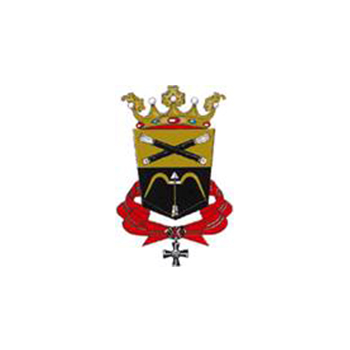
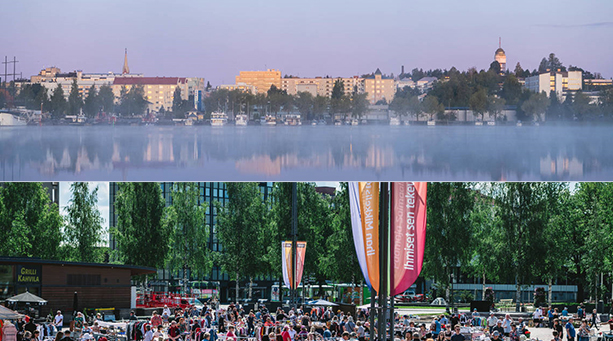
About the City
| Name | City of Mikkeli |
|---|---|
| Population | 55,000 |
| Main industry/ Economic sectors |
Hospital supplies, energy solutions, solar energy, plywood industry, food |
| Source of water supply | Ground water |
| Website | www.mikkeli.fi |
Introduction of the City
City of Mikkeli is located southern Savo, in Finland, Nordic Europe. The strengths of city include clean water, forests and healthy food. We are well study and trained population, technology-oriented, well-known and close to pure nature. Postgraduate studies will have excellent market value, thanks for University of Applied Sciences and the University Center. The university unit focusing on water expertise. Mikkeli is located on pure groundwater. We pump our drinking water directly under the city market. Good quality water is important for individual families and especially for the food industry. All our water used is recovered and gray water is not release directly to nature. Our new gray water treatment plant with new membrane bio reactor will be ready 2021. EcoSairila Business Park, around of gray water treatment plant, will allows research, studying, business and rotation economics in all its forms. Other examples of business in Mikkeli are renewable energy, circulation economy, zero energy homes, wood construction, care for the elderly population.
Water Challenges in Mikkeli – Urban runoffs and effluents to the drainage basin / Educating and recruiting young water professionals
Description
Mikkeli is located in eastern Finland, South Savo region by the Lake Saimaa. Mikkeli has a population of 53,781 and covers an area of 3,229.57 km2 of which 424.7 km2 is water. The population density is 31.64 inhabitants per km2.
Challenge: Urban runoffs and effluents to the drainage basin
Lake Saimaa is the largest lake in Finland, and the fourth largest natural freshwater lake in Europe. Saimaa is spotted with islands, and narrow canals divide the lake in numerous small, extremely fragile parts.
City of Mikkeli industrialized in 1920s and saw mills and other industries sprung by the Lake Saimaa. Also the population increased rapidly. Coming to 1960s when WTT plant started operating, the water quality and state of the natural environment were compromised. Since 1960s the water quality and the state of the natural environments has slowly, but continuously improved. Commissioning the new MBR WWT plant in 2021 reinforces this trend. Still City of Mikkeli, built environment and human activities, urban runoffs and effluents to the drainage basin cause a significant threat to effect delicate Lake Saimaa. Main challenges eutrophication and algae blooming during summer.
Challenge: Aging personnel in water sector. Educating and recruiting young professionals
Water and sanitation infrastructure in Finland was built in 1960s and 1970s. In Mikkeli water supply infrastructure is up to date and a new MBR WWT plant is being constructed and commissioned in 2021. Rest of municipalities in South Savo Region are facing the must do investments in upcoming years. The technology leap sets a huge challenge in aspect of human resources, educated personnel. Not only infrastructure but also personnel working in the water sector is aging. Young professionals are fairly scarce and the difficult to recruit.
Scale
Mikkeli is located in eastern Finland, South Savo region by the Lake Saimaa. Mikkeli has a population of 53,781 and covers an area of 3,229.57 km2 of which 424.7 km2 is water. The population density is 31.64 inhabitants per km2.
Key specs
New MBR WWT plant being constructed under bedrock. Commissioned 2021. Includes water reclamation plant, R&D- and testing- & piloting-facilities. Strong R&D activities. Concept being developed: WWTP as resource factory.
Additional info
jouni.riihela@mikkeli.fi
Montpellier Méditerranée Métropole - France

About the City/Organization
| Name | Montpellier Méditerranée Métropole |
|---|---|
| Population | 458 000 (2015) with an urban area of 1 000 000 |
| Main industry/ economic sectors |
Innovation, Health, Numeric, Agroecology, Wine and Tourism |
| Source of water supply | The main drinking water resource comes from a strategic karst aquifer sources (for more than half of the inhabitants), complete by two drillings and is supplemented by a resource exogenous to the territory (the water of the Bas-Rhône which requires more treatment). |
| Website | www.montpellier3m.fr/ |
Introduction of the City/Organization (focusing on water-related issues)
Montpellier Metropole, lies between the Mediterranean Sea and the Cevennes foothills. Its geology is typical of the Mediterranean regions, ranging from karst reliefs to an alluvial plain, bordered by a barrier beach. The territory is crossed by two coastal rivers. The coastline, once swampy, is dotted with ponds. The climate is marked by an alternation of drought and Cevennes episodes, causing floods. The central and coastal part is now largely urbanized and the aquatic environments have been largely artificialized.
In a context of climate change, the metropolis must take up 5 challenges:
- Restore degraded environments
- Save and share water resources equitably,
- Protect aquatic resources and environments in good condition,
- develop solutions based on nature and limit soil artificialization
- develop a memory and culture of water
NSF International - USA

About the Organization
| Name | NSF International |
|---|---|
| Established | 1944 |
| Type | Not –for-profit Testing, Inspection and Certification |
| Headquarters | Ann Arbor, Michigan, USA |
| Membership | N/A |
Introduction of the City/Organization (focusing on water-related issues)
Founded in 1944, NSF’s mission is to protect and improve global human health. Manufacturers, regulators and consumers look to us to facilitate the development of public health standards and certifications that help protect food, water, consumer products and the environment. As an independent, accredited organization, we test, inspect and certify products and systems as well as provide education and risk management.
Orange County - USA

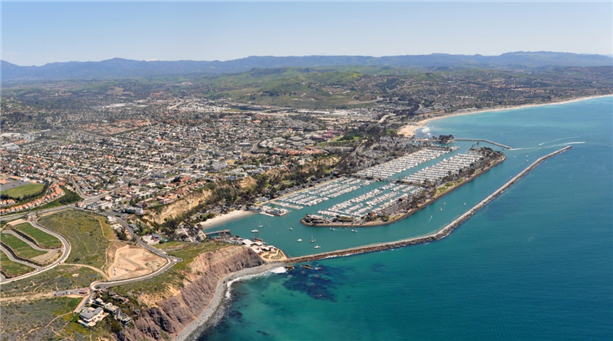
About the City/Organization
| Name | Orange County |
|---|---|
| Population | 2.3 million |
| Main industry/ economic sectors |
Residential, Commercial, Industrial (light manufacturing) |
| Source of water supply | Imported Water from Sierra Nevada Mountains (State Water Project) and Rocky Mountains (Colorado River Aqueduct) |
| Website | www.mwdoc.com |
Introduction of the City/Organization (focusing on water-related issues)
The Orange County (MWDOC) is a wholesale water supplier and resource planning agency whose efforts focus on sound planning and appropriate investments in water supply development, water use efficiency, public information, legislative advocacy, water education and emergency preparedness.
Established in 1951, MWDOC now serves over 2.3 million Orange County residents through 28 retail water agencies. MWDOC’s service area covers all of Orange County with the exception of the cities of Anaheim, Fullerton and Santa Ana.
Fryslân - Netherlands

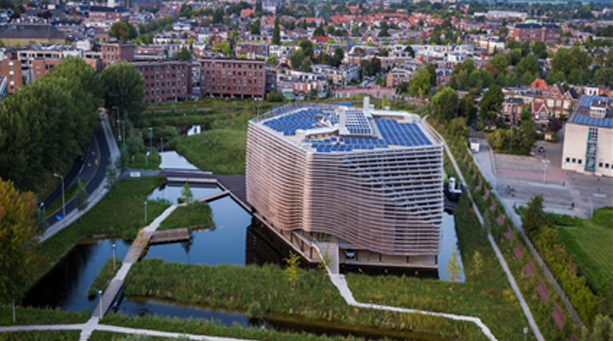
About the City/Organization
| Population | 650.000 |
|---|---|
| Main industry/ economic sectors |
Agriculture and services |
| Source of water supply | groundwater |
| Website | www.fryslan.frl |
About the Organization
| Name | Province of Fryslân |
|---|---|
| Established | 1814 |
| Type | Regional government |
| Headquarters | Leeuwarden |
| Membership |
Introduction of the City/Organization (focusing on water-related issues)
Fryslân is one the twelve provinces in the Netherlands. The province is a general authority and therefore responsible for a large number of policy fields such as traffic and transport, nature and landscape, town and country planning, public housing, recreation and tourism, environment, welfare, public order and security, water management, economic affairs and international cooperation. From the year 2000 the province of Fryslân has chosen for a smart specialization: a knowledge based economic sector in the field of water technology.
Within this framework a water technology programme has been developed with the following key elements: unify all relevant stakeholders; intensify research and development; create an innovation eco-system to stimulate new products and services (to create jobs and export); create a playground for experiments. Over the years the results of this programme have been numerous projects with a turnover of over € 400 million financed by a mix of private and public (regional, national and EU) funding.
Surabaya - Indonesia
Taipei - Taiwan

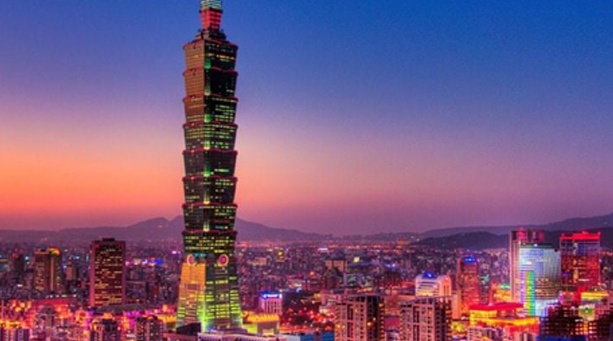
About the City/Organization
| Name | Taipei |
|---|---|
| Population | 2.667 million |
| Main industry/ economic sectors |
Taipei's main development fields include the information and communications technology, biotechnology, merchandising (wholesale/retail), financial services, and MICE industries. |
| Source of water supply | Taipei Water Department |
| Website | https://english.gov.taipei/ |
Introduction of the City/Organization (focusing on water-related issues)
The origin of TWD dates back to 1907 with the founding of the Taipei Water Office. In the early stages following inception, there was only a single filter unit at Xindian Creek, supplying 20,000 cubic meters of drinking water a day to about 120,000 people in Taipei. The rapid pace of urbanization and economic growth placed enormous demands on water supply. To meet this challenge effectively, successive water development works were executed.
As a public utility operator under the Taipei Municipal Government’s jurisdiction, TWD is responsible for supplying some 2.5 million cubic meters of high-quality potable water a day to over 3.8 million users in the Taipei metropolis. That’s an arduous task. Thanks to the hard work and unreserved devotion of all employees, TWD always has done its job well. Yet, the Department is not contented with its remarkable accomplishment so far. It is constantly making efforts to implement new water development projects; various measures are also adopted to upgrade its services to customers.
WEF (Water Environment Federation) - USA
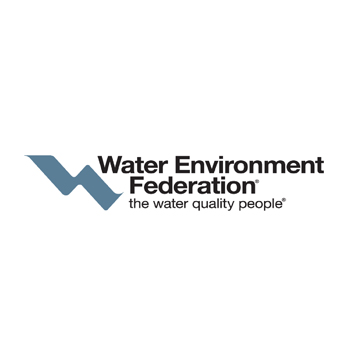
About the City/Organization
| Key summary | - WEF is a non-profit organization with 33,000 members and 75 different member associations - As a leader in the global water sector, WEF has enabled the network of water professionals , increasing the professionalism of water and the importance and value of water |
|---|
